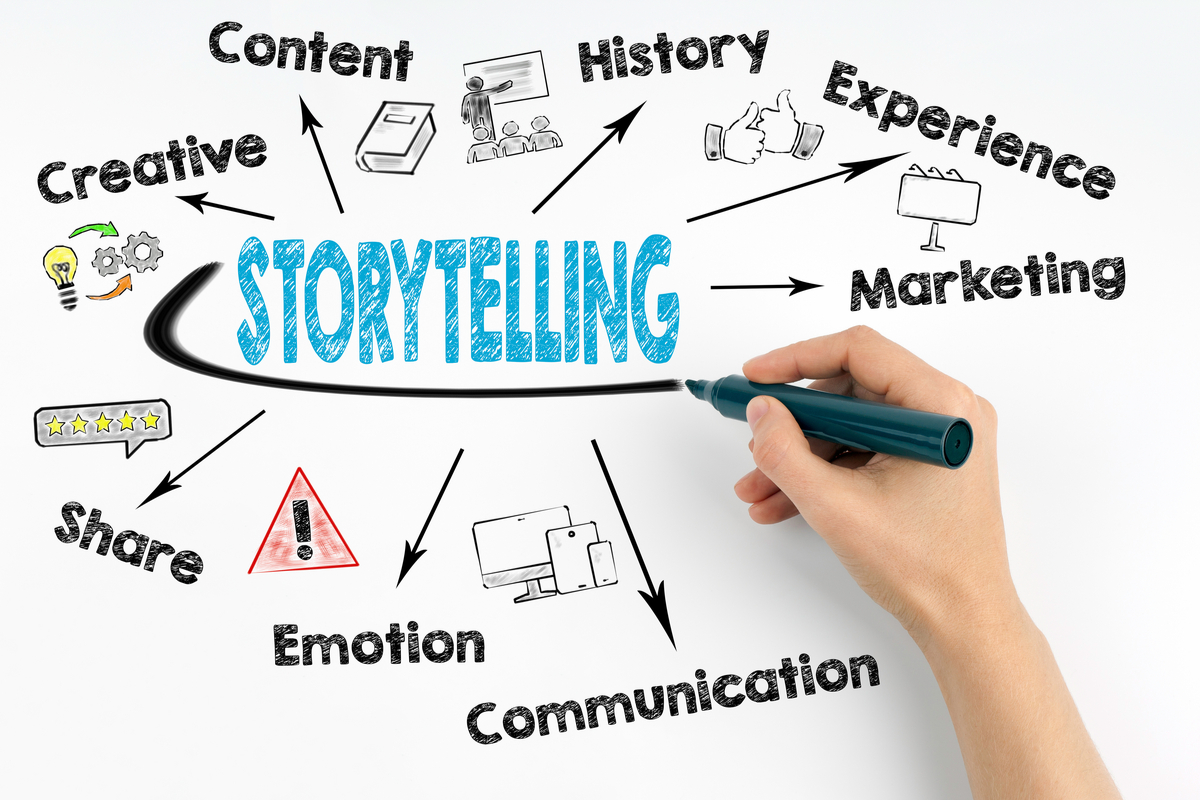
FAQ About Storytelling
Storytelling
2 years ago | gizem
How do you effectively use dialogue in storytelling?
Dialogue is a powerful tool in storytelling that allows characters to interact, reveal their personalities, and advance the plot. Here's how to effectively use dialogue in your narrative:
- Character Differentiation: Develop distinct voices for each character. Use varied speech patterns, vocabulary, and tones that reflect their personalities, backgrounds, and motivations.
- Show, Don't Tell: Use dialogue to reveal information indirectly. Instead of explicitly stating emotions or backstory, let characters' words and reactions imply these details.
- Subtext: Characters often say one thing while meaning another. Use subtext to add depth and complexity to their interactions.
- Conflict and Tension: Dialogue can generate conflict by having characters disagree, argue, or reveal differing viewpoints. This tension drives the plot forward.
- Characterization: Through dialogue, characters can express their beliefs, fears, desires, and values, allowing readers or viewers to understand them more deeply.
- Exposition: Disseminate background information, world-building details, and essential context through natural conversations rather than lengthy explanations.
- Pace and Rhythm: Dialogue can control the story's pacing. Fast-paced exchanges increase tension, while slower conversations allow for reflection or information absorption.
- Unsaid Words: Characters' silence, hesitation, or avoidance can be just as revealing as spoken words. Use pauses strategically to convey emotions or tension.
- Inner Thoughts: Let characters share their internal monologues, giving insight into their private thoughts and emotions.
- Revealing Conflicts: Dialogues can expose conflicts that characters are experiencing, whether internal struggles or external clashes with others.
- Foreshadowing: Use dialogue to subtly foreshadow upcoming events, creating anticipation and intrigue.
- Humor: Incorporate witty banter, sarcasm, or comedic elements to provide relief from tension and engage the audience.
- Power Dynamics: Dialogue can reflect shifts in power between characters. Watch for moments when one character gains or loses the upper hand.
- Context and Setting: Dialogue should reflect the characters' environment and cultural norms. Slang, idioms, and references can add authenticity.
- Showing Relationships: The way characters speak to each other reveals their relationships. Friends may use informal language, while enemies might be more confrontational.
- Plot Advancement: Use dialogue to share information or make decisions that move the plot forward. Conversations can lead to new goals or reveal critical information.
- Unpredictability: Characters can surprise each other and the audience with unexpected reactions, revelations, or decisions.
- Natural Flow: Dialogue should mirror real conversations, flowing naturally and avoiding overly formal or exposition-heavy language.
- Dialogue Tags: Use descriptive and varied dialogue tags ("he said," "she exclaimed") to convey tone, emotions, or actions without overusing adverbs.
- Editing: Edit dialogue carefully to eliminate repetition, filler, and unnecessary details. Keep exchanges concise and impactful.
